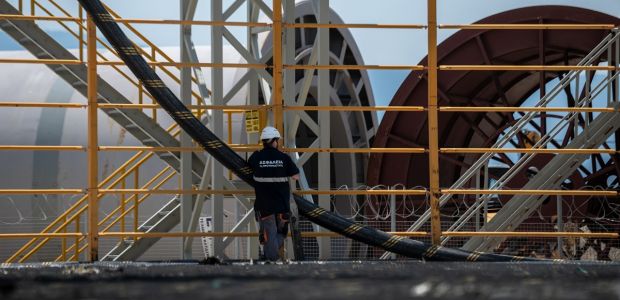RAE, the Regulatory Authority for Energy, has decided on a transitional hybrid model for Crete’s participation in target model energy markets, covering production and consumption, once the island’s small-scale grid interconnection to the Peloponnese is soon launched.
The fundamentals of the transitional model – to be applied until Crete’s full-scale grid interconnection, all the way to Athens, is completed – have been agreed on by the participating market operators. But details still need to be worked out.
Power grid operator IPTO, distribution network operator DEDDIE/HEDNO and the energy exchange are currently shaping the finer details of the transitional plan, expected to be finalized over the next few days.
Under the transitional hybrid solution, Crete – whose grid will continue being managed by DEDDIE/HEDNO until IPTO takes on the responsibility when power utility PPC, DEDDIE/HEDNO’s parent company, has transferred its network ownership on the island to IPTO – will purchase electricity transmitted through the small-scale grid link at target model energy markets.
As for electricity flowing in the opposite direction, production of Cretan units will be represented by IPTO.
The transitional model, when ready, will be forwarded for public consultation. European Commission approval will be needed for the finalized plan. RAE has already briefed Brussels officials on its proposed transitional model.
Finding a solution for Crete has proven to be a challenge as the small-scale grid link to the Peloponnese will not fully cover the island’s energy needs, meaning it will not automatically cease to be a non-interconnected island once the small-scale grid link begins operating. However, a considerable part of Crete’s energy needs, approximately 30 percent, will be served by the small-scale interconnection.
Normally, when grid links for non-interconnected islands are completed, IPTO assumes responsibility of their electricity networks. However, Crete, Greece’s biggest and most populous island, represents a much bigger interconnection project that is being developed over two stages. The project’s second stage, to reach Athens, is anticipated in 2023.
Failure to find a transitional solution would threaten to leave the small-scale link unutilized.





